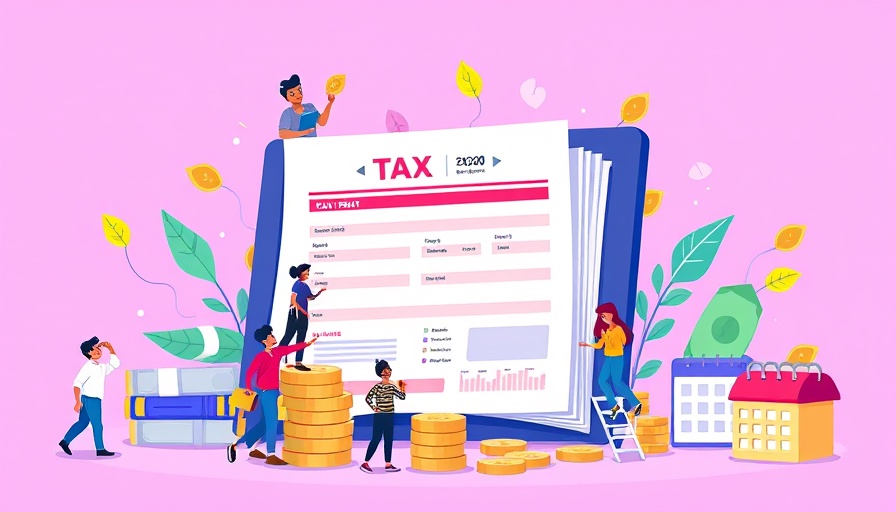
Understanding the One Big Beautiful Bill: A New Era for Small Business Taxes
On July 4, 2025, a significant piece of legislation, the One Big Beautiful Bill (OBBBA), was signed into law, promising to reshape the tax landscape for small businesses. At nearly 900 pages, this act not only aims to maintain current tax rates but also introduces several crucial provisions tailored to bolster small business prosperity.
Key Tax Changes Every Business Owner Should Know
First and foremost, the tax rates for small business owners have largely remained stable with no hikes, preserving rates at 10%, 12%, 22%, 24%, 32%, 35%, and 37%. The permanent establishment of the Qualified Business Income (QBI) deduction at 20% enhances opportunities for business owners, thanks to widened eligibility limits. Starting in 2025, small businesses can also expect a minimum deduction of $400 for active business income, providing relief and incentivizing growth.
Capital Investment Incentives: Driving Growth Forward
OBBBA introduces favorable changes for capital investments. Notably, bonus depreciation has been solidified at a remarkable 100% for eligible property purchased and in service after January 19, 2025. Additionally, the first-year expensing limit doubles from $1.25 million to $2.5 million, with inflation adjustments anticipated. This not only simplifies the process but encourages small businesses to invest significantly in their infrastructure and operations.
Employee Benefits and Reporting Changes
The legislation also brings updates to employee compensation and tax reporting. With no tax on overtime pay and tips, there's an emphasis on transparency and accountability in how businesses report employee earnings. For many entrepreneurs, understanding these changes is key to effective payroll management moving forward.
Take Action Now to Optimize Your Tax Prospects
As the tax landscape shifts, small business owners must proactively assess their financial strategies to adapt to OBBBA's provisions. Engaging with tax advisors to plan for these changes can lead to substantial savings in the upcoming years. Keeping informed about your tax situation is vital as the law unfolds, ensuring your business stays compliant and takes full advantage of available benefits.
Remember, small steps taken today can lead to significant returns tomorrow. Start planning your tax strategies now, leveraging the insights provided by the One Big Beautiful Bill.
 Add Row
Add Row  Add
Add 




Write A Comment